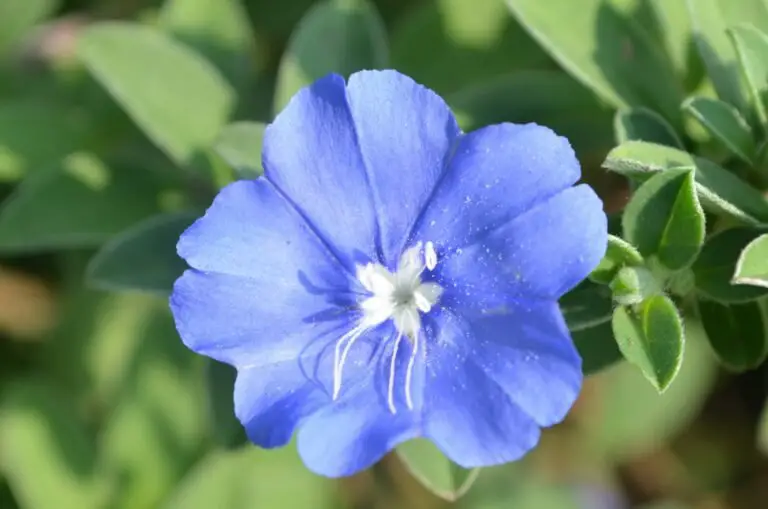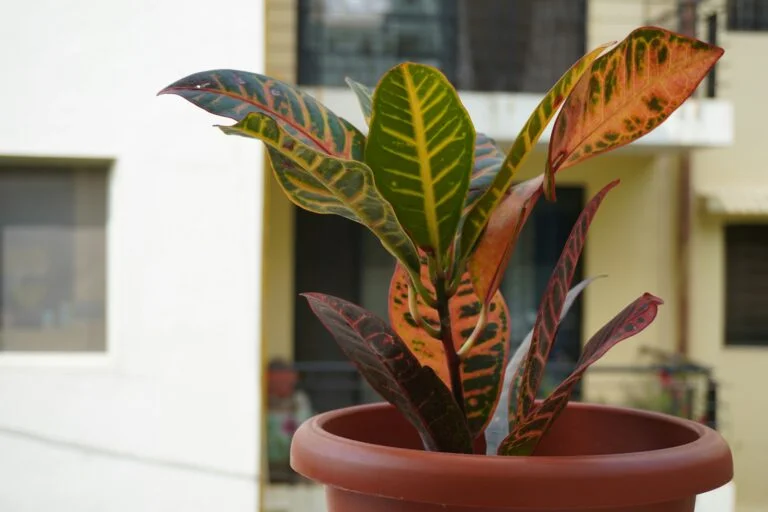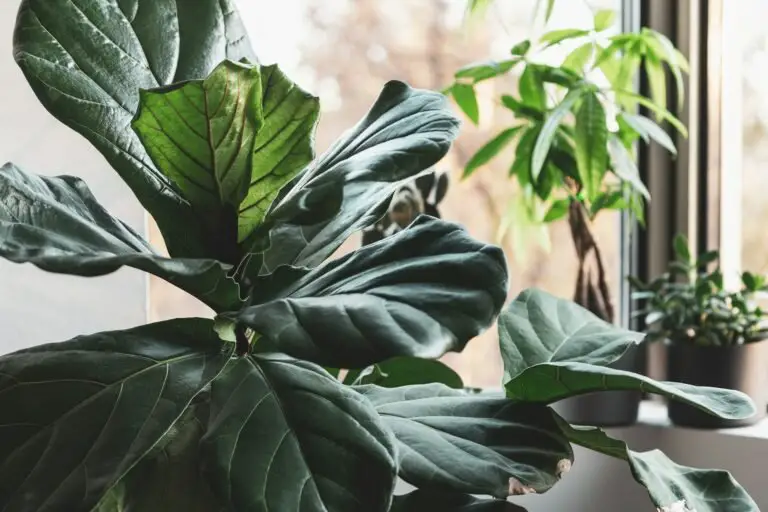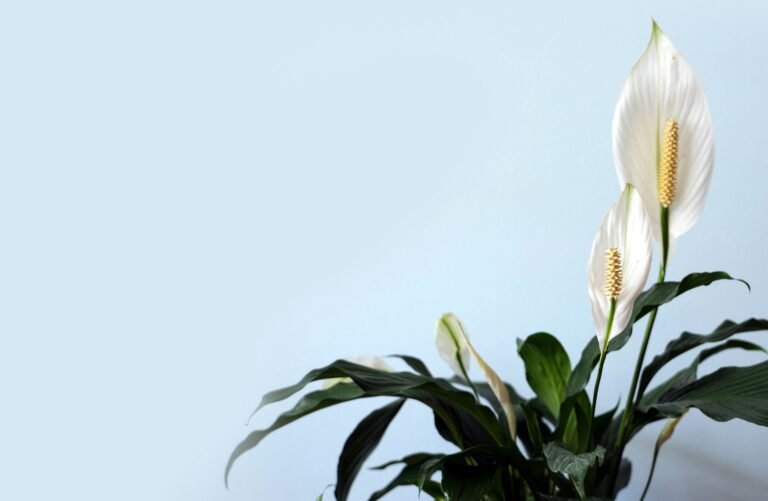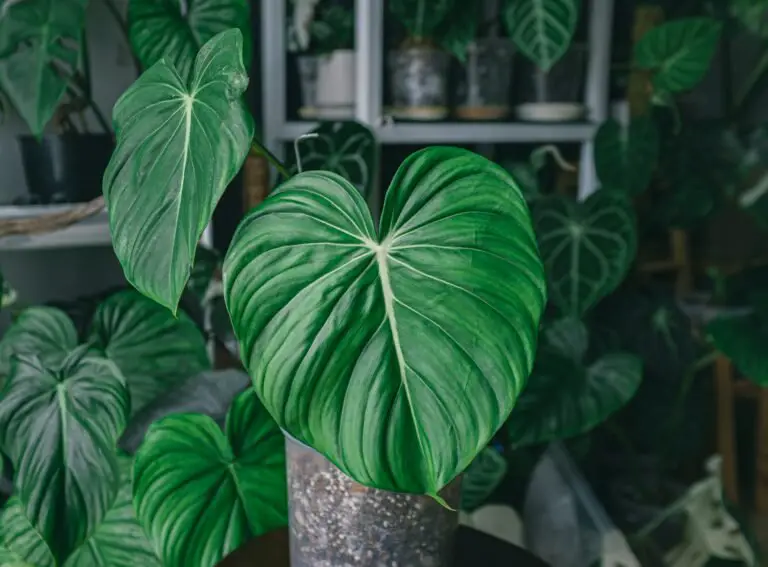Hoya Plant Care: The Easiest Way to Grow a Living Necklace of Waxy Green Magic
You know those plants that look stunning, feel impossible, but are secretly so chill it’s almost suspicious? That’s a Hoya.
These trailing beauties are famous for their waxy leaves, long vines, and clusters of alien-looking star-shaped flowers—and honestly? They might be the perfect low-maintenance plant for people who want high-aesthetic payoff with minimal stress.
Whether you’ve got a classic Hoya carnosa, the compact Hoya compacta (Hindu Rope), or the ultra-pretty Hoya pubicalyx, the care is basically the same. Simple, forgiving, and kind of addictive once you get into them.
Let’s break it down.
Why Everyone Loves a Hoya
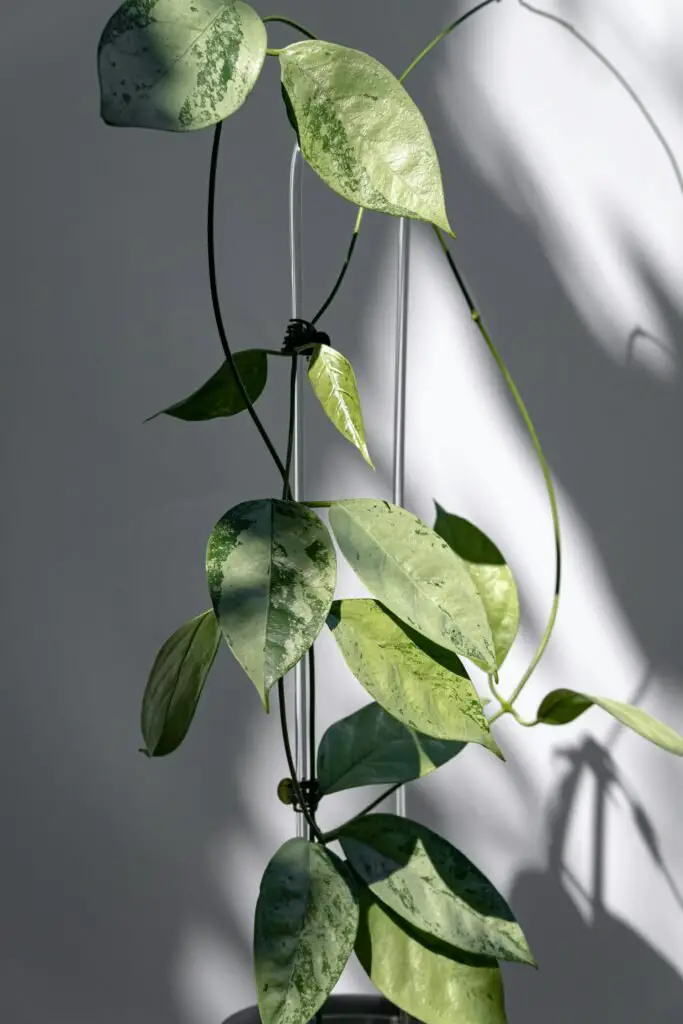
- Thick, glossy leaves that look like they were polished
- Wildly satisfying vines that can trail or climb
- Sweet-smelling flowers that look fake (but are totally real)
- Easy to propagate and share
- Practically bulletproof once established
Hoyas are like the introvert of the plant world: happy to grow slowly, quietly, and without drama—as long as you don’t drown them or stick them in a dark corner.
Light: Bright, Indirect, and Plentiful
Hoyas are light lovers. Give them sun and they’ll reward you with new vines and, eventually, flowers.
What they like:
- Bright, indirect light is ideal
- Direct morning sun? Great. Blazing afternoon sun? Maybe not
- Can survive in lower light, but won’t bloom or grow much
If your Hoya hasn’t grown in months or looks stuck, it probably needs more light.
Grow lights work too—especially in winter or if your window situation is tragic.
Watering: Less Is More
Hoyas store water in their leaves, so if you’re an over-waterer by nature, this is your wake-up call.
Water only when:
- The top 2 inches of soil are dry
- In winter, cut back even more
- Let it dry out a bit between waterings—this plant does not want soggy roots
Signs you’re overdoing it:
- Yellowing leaves
- Mushy stems
- The dreaded root rot
Signs you’re underdoing it:
- Wrinkled leaves (they bounce back fast once watered)
TL;DR — treat it more like a succulent than a fern.
Humidity: Optional, but Appreciated
Hoyas aren’t divas about humidity, but they definitely enjoy it.
They’ll thrive in:
- Normal room humidity (40–60%)
- But bloom better in higher humidity (60%+)
- Use a pebble tray, humidifier, or group plants together if needed
If you never want to think about it? Totally fine. Just don’t park them near a heating vent.
Soil: Fast-Draining and Airy
Hoyas don’t like heavy, dense soil. You want something that mimics barky, epiphytic conditions.
Try:
- 1 part potting mix
- 1 part orchid bark
- 1 part perlite or pumice
Light, chunky, and breathable = perfect.
Also: always use a pot with drainage holes. Soggy Hoya roots are sad Hoya roots.
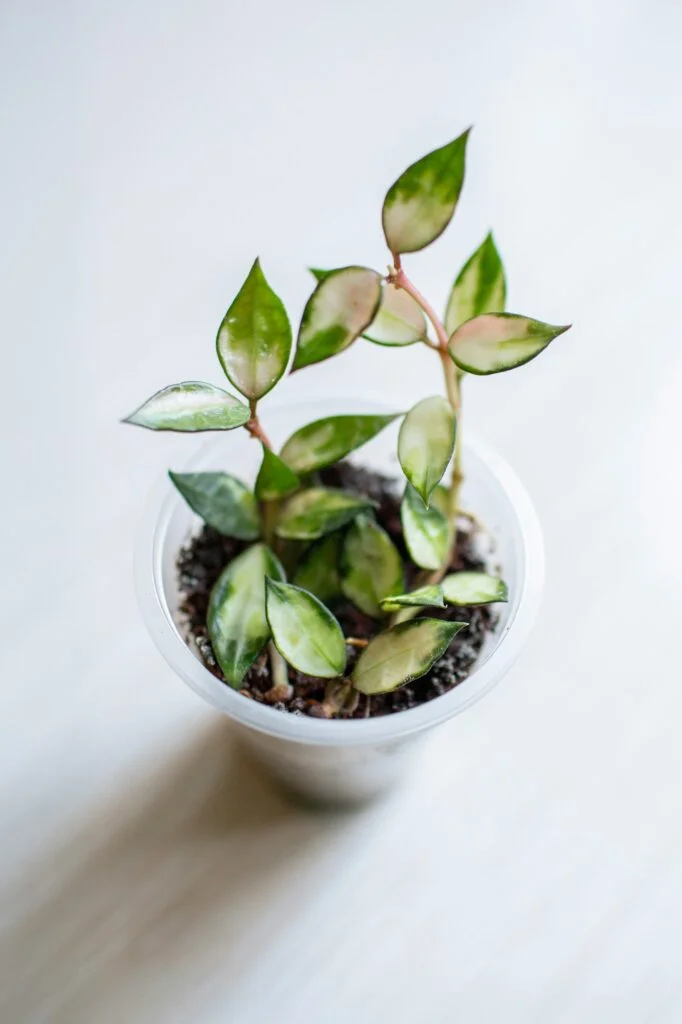
Fertilizer: Feed Light, Bloom Bright
Hoyas don’t need a lot of food, but they’ll bloom more if you give them a little nudge.
Use:
- A balanced liquid fertilizer once a month during spring and summer
- High-phosphorus blends help encourage flowering
- No feeding in fall or winter
If your Hoya’s not blooming, check:
A) Is it old enough? (Some take 2–3 years)
B) Does it have enough light?
C) Are you overfeeding? Less is more.
Propagation: Shockingly Easy
Hoyas root fast in water, soil, or even sphagnum moss.
To propagate:
- Snip a vine with 2–3 nodes and at least one leaf
- Place in water or soil (remove lower leaves first)
- Keep warm and humid
- Wait for roots to form—usually 2–4 weeks
Bonus: propagate in spring or early summer for faster results.
Common Problems and How to Fix Them
No flowers?
Usually lack of light or maturity. Boost the sun, wait it out.
Yellow leaves?
Too much water. Let it dry between drinks.
Leggy growth?
Needs more light. You can also trim it back to encourage branching.
Sticky residue?
Could be pests like mealybugs or scale. Wipe leaves and treat with neem oil if needed.
Final Thoughts
Hoyas are low-fuss, high-reward plants that work for beginners and collectors alike. Their unique leaves, easy care, and beautiful blooms make them feel like luxury—without the effort.
All they really want is bright light, the occasional drink, and a pot that drains. Treat them right, and you’ll get a living sculpture that just keeps giving (and trailing, and climbing…).









